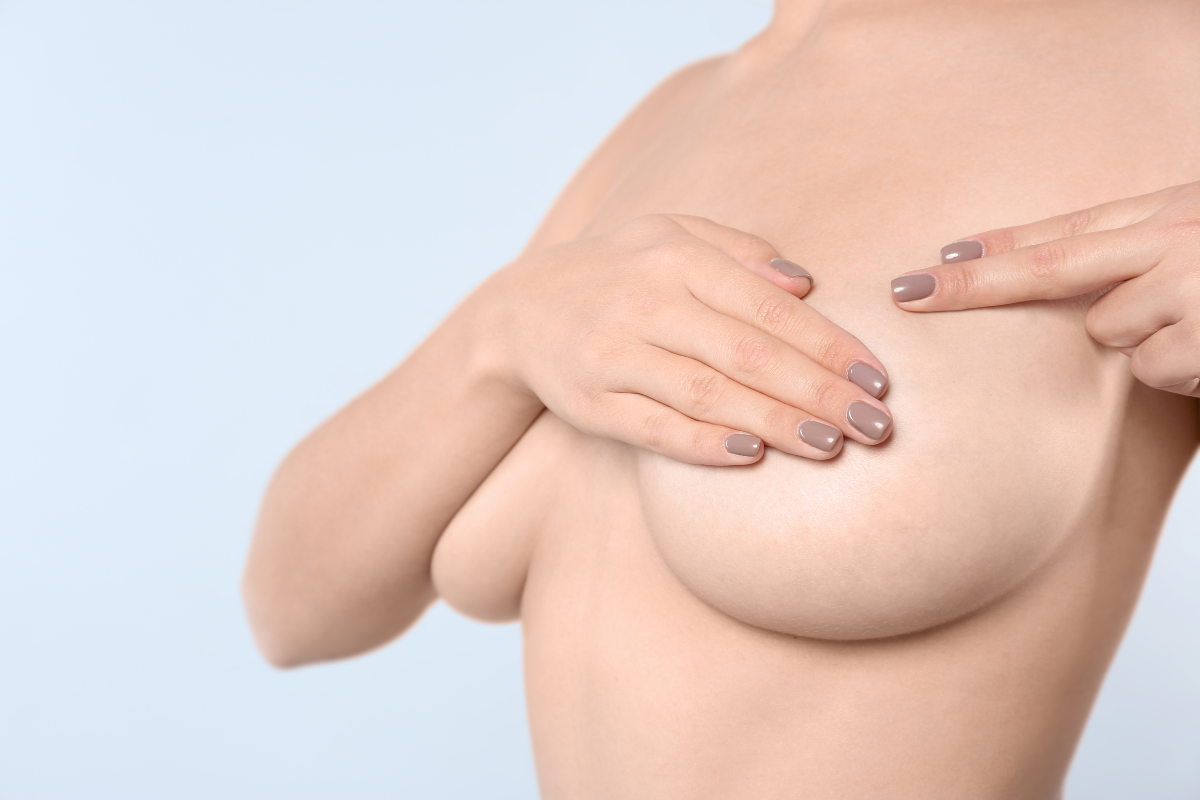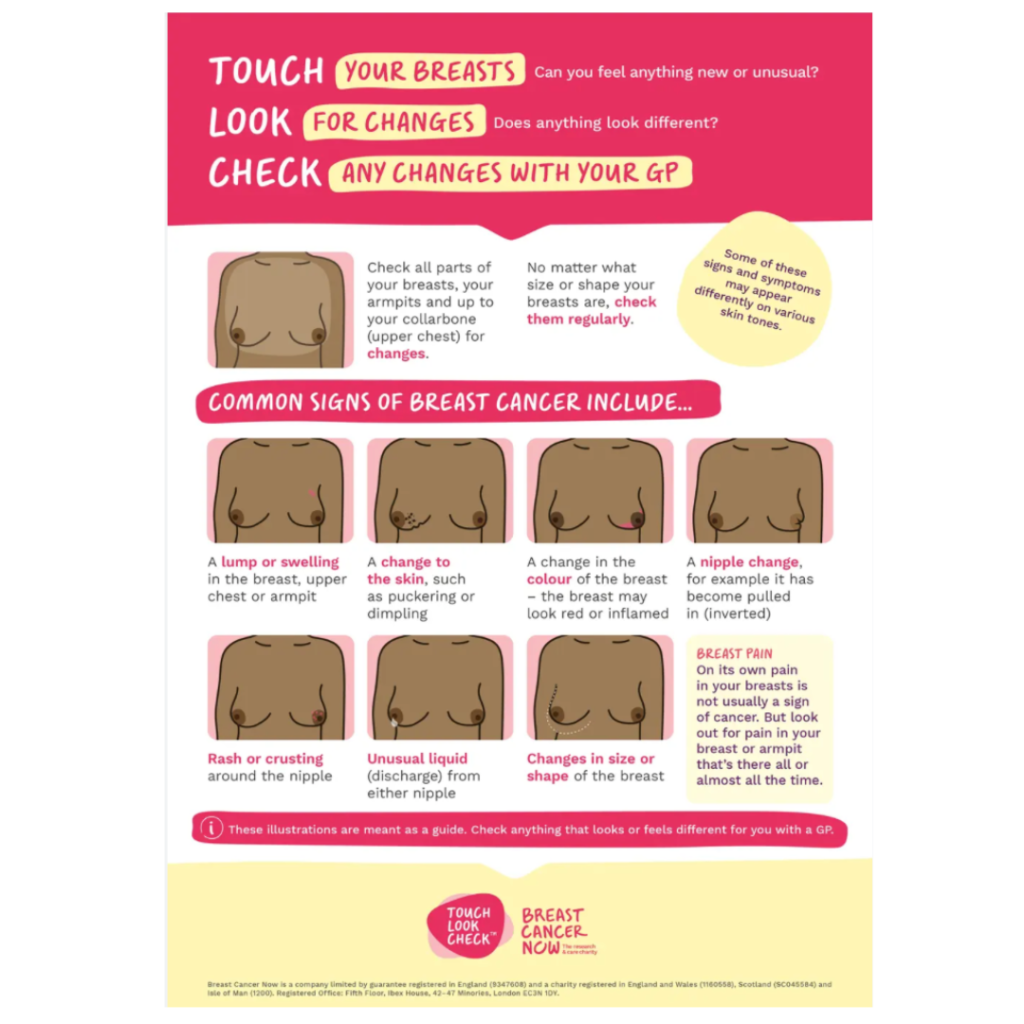Breast Cancer Awareness: How to Check for Breast Cancer at Home

LUX WMN
The incredible research being done into Breast cancer is what saves people’s lives but as with all cancers, spotting it early and acting on what you find can be the key to survival. According to Cancer Research UK, 1 in 7 UK females will be diagnosed with breast cancer in their lifetime, showing us that it’s more important than ever to regularly check our boobs for lumps and any changes.
Dr Olfa Chouchane Mlik, the head of Service of Anatomical Pathology at the NCP in Luxembourg, encourages women to self check as “nobody knows our body better than ourselves.” “While not a substitute for clinical examinations or mammography screening, breast self-examination can allow us to detect changes that could lead to a diagnosis of breast cancer.”
In Luxembourg, between 400 & 450 new cases of breast cancer are diagnosed. Luxembourg’s “mammography programme” has existed since 1992 and is targeted towards women aged between 50 and 70. The mammogram is carried out every two years and can detect breast cancer at an early stage.
Even though we know we should be checking for breast cancer each month, how many of us are actually doing it? And do we really know what we’re looking for? The truth of the matter is that cancer is scary and while so many women have developed good habits of self examinations, lots of us don’t make the time or we’d rather bury our heads in the sand.
Shockingly, according to Bupa Health Clinics in the UK, 6 million women declared that they do not know how to check their breasts for cancer and 80% of women are unclear on what could increase their risks of breast cancer. It can be incredibly scary but getting to know our bodies on a regular basis is the best way to track any abnormal changes and get them checked out if need be.
When to Check
Checking your boobs around the same time each month means that you can get a good idea of what your normal is. Experts suggest checking your breasts after your period as this is when your boobs are not experiencing breast swelling or the changes in breast tissue.
What to Feel
You should know the typical rhythm of your breasts and the and what is your normal, so it’s quicker to spot any abnormalities. Be sure to feel for irregular lumps that are firm and solid.
What Does a Breast Lump Feel Like?
Your doctor will properly examine you in your check but oftentimes, lumps feel round, soft and tender. They can also feel quite painful.
Signs & Symptoms of Breast Cancer
Lumps are just one sign of breast cancer, there are other signs that you can see in the graphic below. Most of the time there will be an explanation for the symptoms, but its important to always consult your doctor if you do find something abnormal.
Start by looking at your breasts and check if there is anything different that you can notice just visually. Use the flat part of your fingers to feel and press across your breasts, collarbone, armpit and nipples. Be sure to also lift up your arms and check underneath your armpits too. Doing this on a regular basis means that you’ll be able to get to know what is normal for you.
Here’s a reminder of what out to look for and how to check for breast cancer according to the experts…
- a change in the size or shape of one or both breasts
- a new lump or area that feels thicker than the rest of the breast
- a change in the look, feel or texture of your skin, such as puckering or dimpling
- redness or a rash (like eczema), crusting, scaly or itchy skin on or around the nipple
- a change in the appearance of your nipple, such as becoming sunken into your breast
- a discharge of fluid from either nipples
- pain in your breast or armpit that remains constant
- a lump or swelling in either of your armpits or around your collarbone



